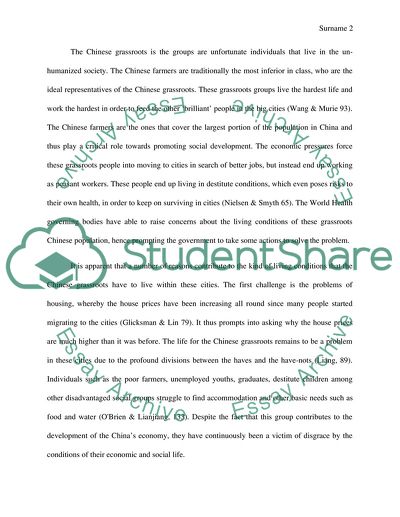Cite this document
(“Chinese grassroots living situation in China big cities Research Paper”, n.d.)
Chinese grassroots living situation in China big cities Research Paper. Retrieved from https://studentshare.org/social-science/1687227-chinese-grassroots-living-situation-in-china-big-cities
Chinese grassroots living situation in China big cities Research Paper. Retrieved from https://studentshare.org/social-science/1687227-chinese-grassroots-living-situation-in-china-big-cities
(Chinese Grassroots Living Situation in China Big Cities Research Paper)
Chinese Grassroots Living Situation in China Big Cities Research Paper. https://studentshare.org/social-science/1687227-chinese-grassroots-living-situation-in-china-big-cities.
Chinese Grassroots Living Situation in China Big Cities Research Paper. https://studentshare.org/social-science/1687227-chinese-grassroots-living-situation-in-china-big-cities.
“Chinese Grassroots Living Situation in China Big Cities Research Paper”, n.d. https://studentshare.org/social-science/1687227-chinese-grassroots-living-situation-in-china-big-cities.


